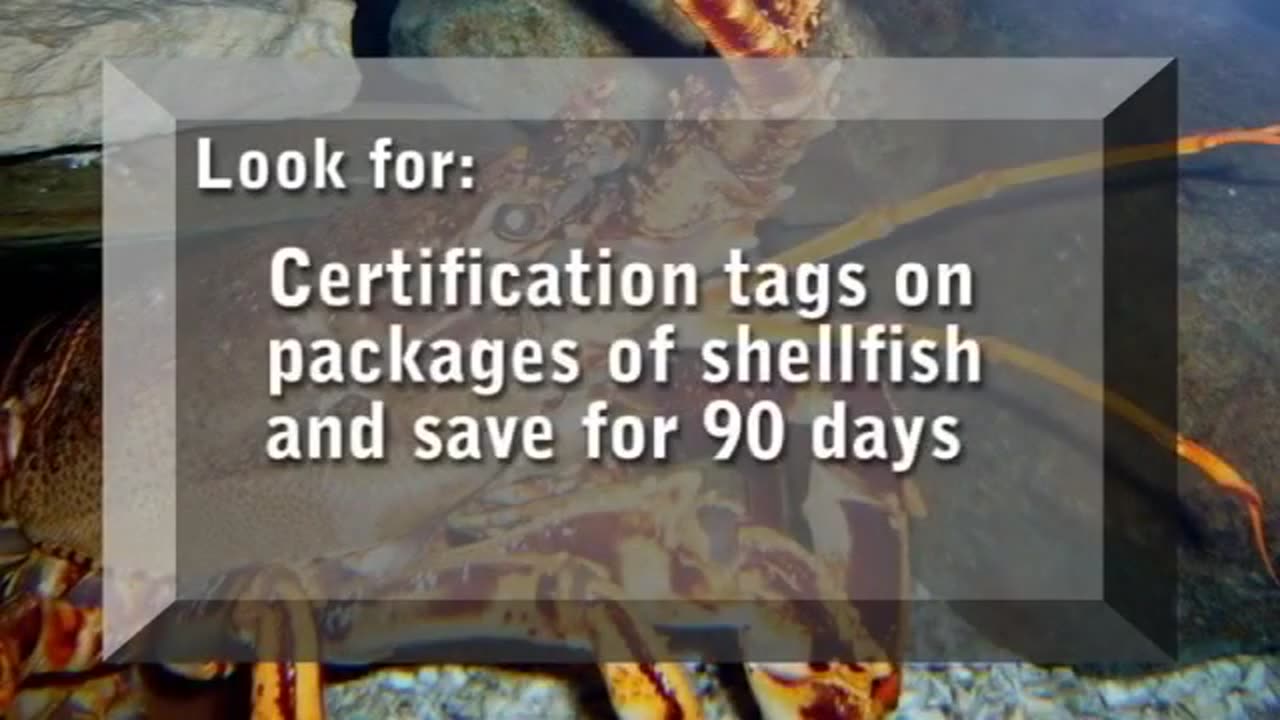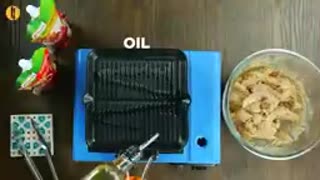Premium Only Content

Food Handler Training Course- Part 3
### **Food Handler Training Course (Part 3) – Preventing Cross-Contamination**
Cross-contamination is a leading cause of foodborne illnesses. It occurs when harmful bacteria, allergens, or other contaminants are transferred from one surface, food, or object to another. As a food handler, understanding and preventing cross-contamination is essential to maintaining food safety.
---
### **Objectives of Part 3**
1. Understand what cross-contamination is and how it occurs.
2. Learn practical steps to prevent cross-contamination.
3. Recognize high-risk foods and critical control points.
---
### **What is Cross-Contamination?**
Cross-contamination happens when harmful microorganisms, allergens, or foreign substances transfer between:
- Foods (e.g., raw to ready-to-eat foods).
- Surfaces and equipment (e.g., cutting boards, utensils).
- People (e.g., hands or clothing).
---
### **Why Cross-Contamination is Dangerous**
1. **Foodborne Illness:**
- Harmful bacteria like Salmonella, E. coli, or Listeria can spread from raw foods to ready-to-eat foods.
2. **Allergen Exposure:**
- Cross-contact can transfer allergens, potentially causing severe allergic reactions.
3. **Regulatory Violations:**
- Failing to prevent cross-contamination can result in penalties and loss of customer trust.
---
### **Common Sources of Cross-Contamination**
1. **Raw Foods:**
- Meat, poultry, seafood, and eggs can carry bacteria that contaminate other foods.
2. **Shared Equipment:**
- Cutting boards, knives, mixers, and other utensils used for multiple tasks.
3. **Hands and Clothing:**
- Hands and clothing can transfer bacteria and allergens between tasks.
4. **Storage Practices:**
- Improper storage of raw and ready-to-eat foods can lead to contamination.
---
### **How to Prevent Cross-Contamination**
#### **1. Separate Raw and Ready-to-Eat Foods**
- Use separate cutting boards and utensils for raw foods and ready-to-eat foods.
- Store raw meats, poultry, and seafood on the bottom shelves of refrigerators to prevent drips onto other foods.
#### **2. Implement Color-Coded Systems**
- Assign specific colors to equipment for different tasks:
- **Red:** Raw meat.
- **Blue:** Raw fish.
- **Green:** Fruits and vegetables.
- **Yellow:** Cooked or ready-to-eat foods.
- **Purple:** Allergen-free foods.
#### **3. Clean and Sanitize Regularly**
- Wash, rinse, and sanitize surfaces, utensils, and equipment after each use.
- Use separate cleaning cloths for raw and ready-to-eat food areas.
#### **4. Practice Good Hand Hygiene**
- Wash hands thoroughly after handling raw foods, touching garbage, or switching tasks.
#### **5. Use Disposable Gloves Correctly**
- Change gloves between tasks, especially after handling raw foods or allergens.
#### **6. Train Staff on Allergen Awareness**
- Educate employees about allergen risks and the importance of avoiding cross-contact.
- Use dedicated tools and storage for allergen-free foods.
---
### **Critical Control Points**
Food handlers should focus on these areas to prevent cross-contamination:
1. **Preparation Areas:**
- Keep raw and cooked food preparation areas separate.
2. **Storage:**
- Store food correctly in the fridge, freezer, and pantry to prevent contamination.
3. **Cooking Equipment:**
- Ensure all equipment is cleaned and sanitized between uses.
---
### **Examples of Safe Practices**
- **Scenario 1:** A chef uses a cutting board for raw chicken and immediately washes, rinses, and sanitizes it before using it for vegetables.
- **Scenario 2:** A baker keeps allergen-free utensils in a separate, labeled drawer to avoid accidental cross-contact.
---
### **Common Mistakes to Avoid**
1. **Reusing Dirty Equipment:**
- Using the same knife or cutting board without cleaning can transfer harmful bacteria.
2. **Improper Storage:**
- Storing raw meat above ready-to-eat foods in the refrigerator is a recipe for contamination.
3. **Touching Food Without Washing Hands:**
- Handling food with dirty hands spreads bacteria quickly.
4. **Not Cleaning Spills Immediately:**
- Leaving spills or drips unattended can contaminate surrounding areas.
---
### **Tips for Success**
- Post signage and reminders in the kitchen to reinforce cross-contamination prevention.
- Conduct regular training and refresher courses for employees.
- Assign supervisors to monitor compliance with food safety protocols.
---
### **Conclusion**
Preventing cross-contamination is a critical responsibility for all food handlers. By following best practices and maintaining a clean and organized workspace, you can minimize risks and ensure food remains safe for consumption.
---
Would you like to proceed to **Part 4: Safe Food Storage** or explore another topic in more detail?
-
 1:35
1:35
HSESafetyInformation
7 months agoMutton Chops two ways- baked & grilled Recipe by Food Fusion (Eid Recipe)
67 -
 1:14:04
1:14:04
NAG Entertainment
12 hours agoKickback w/ Leon - Rocket League: Road to GC
21 -
 30:13
30:13
Degenerate Plays
28 minutes agoBritish Insults Are Hilarious - Call of Duty: Modern Warfare 2 (2009) : Part 2
1 -
 6:42
6:42
NAG Daily
16 hours agoCharlie Kirk: His Words. His Vision. His Movement.
19.4K24 -
 21:42
21:42
Jasmin Laine
18 hours ago“Kimmel Isn’t a Victim, Charlie Kirk Was”—Gutfeld OBLITERATES Liberal Media Over FAKE Outrage
22.4K21 -
 33:59
33:59
ComedyDynamics
23 days agoBest of Jim Breuer: Let's Clear the Air
69.5K20 -
 2:11:03
2:11:03
Badlands Media
1 day agoDevolution Power Hour Ep. 391: First Principles, Psyops, and Hybrid Warfare
119K150 -
 2:45:52
2:45:52
BlackDiamondGunsandGear
14 hours agoAfter Hours Armory / America After Charlie Kirk
79.2K21 -
 2:08:04
2:08:04
Tundra Tactical
13 hours ago $26.53 earned🎉 Pro-2A Party LIVE! | Gun Games, Freedom Vibes & Letting Loose 🔫🇺🇸
84.9K5 -
 5:21:52
5:21:52
Rallied
12 hours ago $11.39 earnedWarzone Challenges All Night
68.5K4